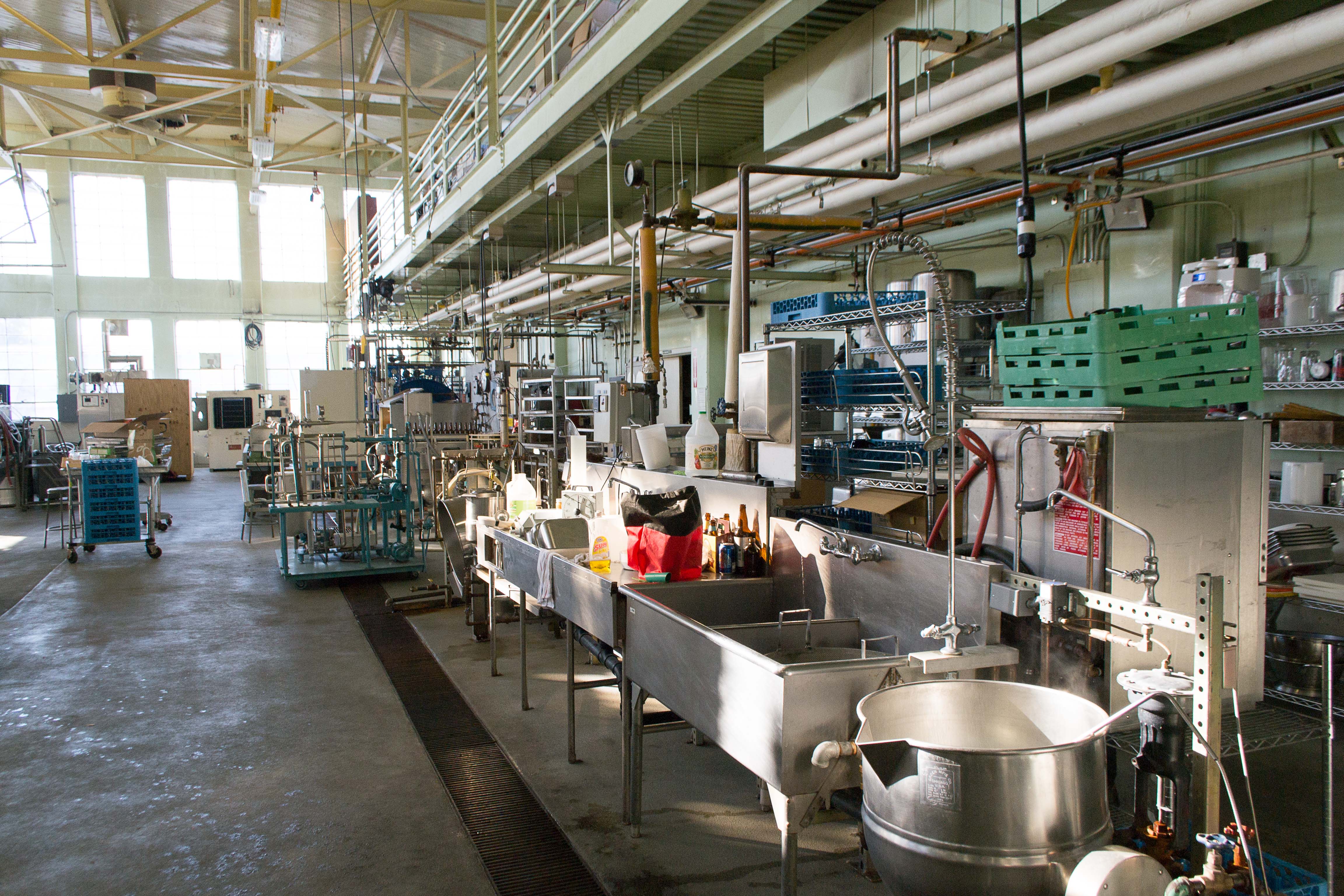
Photo from academic.microsoft.com
Mexico is one of the main regions of the world where the domestication of numerous edible plant species originated. Its cuisine is considered an Intangible Cultural Heritage of Humanity and… Click to show full abstract
Mexico is one of the main regions of the world where the domestication of numerous edible plant species originated. Its cuisine is considered an Intangible Cultural Heritage of Humanity and ferments are important components but have been poorly studied. Traditional fermented foods are still diverse, but some are endangered, requiring actions to promote their preservation. Our study aimed to (1) systematize information on the diversity and cultural history of traditional Mexican fermented beverages (TMFB), (2) document their spatial distribution, and (3) identify the main research trends and topics needed for their conservation and recovery. We reviewed information and constructed a database with biocultural information about TMFB prepared and consumed in Mexico, and we analyzed the information through network approaches and mapped it. We identified 16 TMFB and 143 plant species involved in their production, species of Cactaceae, Asparagaceae, and Poaceae being the most common substrates. Microbiological research has been directed to the potential biotechnological applications of Lactobacillus, Bacillus, and Saccharomyces. We identified a major gap of research on uncommon beverages and poor attention on the cultural and technological aspects. TMFB are dynamic and heterogenous foodscapes that are valuable biocultural reservoirs. Policies should include their promotion for conservation. The main needs of research and policies are discussed.
Journal Title: Foods
Year Published: 2021
Link to full text (if available)
Share on Social Media: Sign Up to like & get
recommendations!